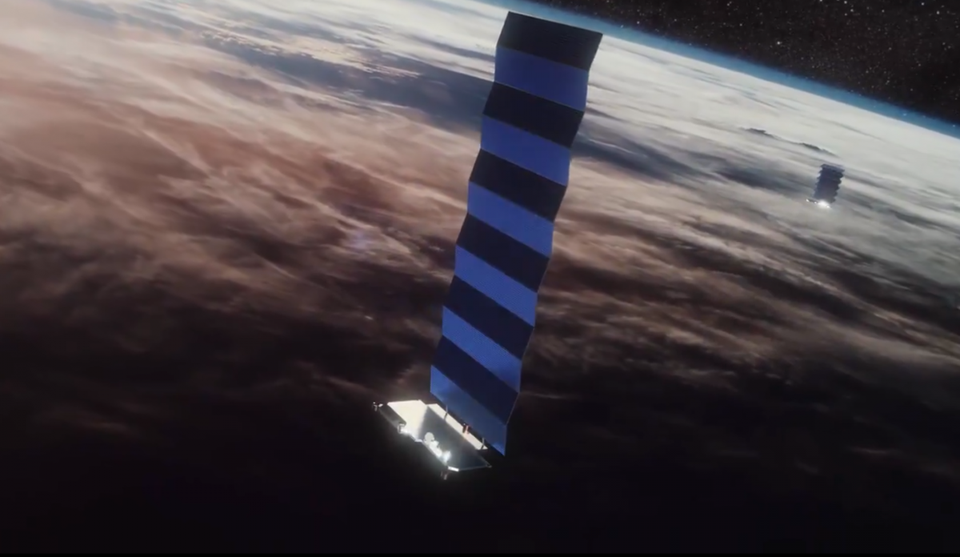Forecast: LEO subs to top 2.4m in 2023
January 19, 2023
By Chris Forrester

Elon Musk’s Starlink is expected to launch 3-4 batches of its broadband satellites per month throughout 2023. Each batch will be of about 50 satellites, unless Musk achieves success with SpaceX’s massive Starship rocket when the number carried could approach 350-400 per launch. A forecast from ABI Research says that SpaceX’s existing 3,500+ satellites in orbit would therefore grow over the next few years to nearer 10,000 satellites by the end of the decade and around 1,800 – 2,400 extra craft during 2023.
ABI Research forecasts that subscribers using LEO satellite services will reach 2.4 million in 2023, and the global number of LEO satellites approved for deployment will reach more than 30,000 by the end of the decade (as per currently planned constellation deployments).”
But ABI also issues a strong caution on at least one promised new service: satellite-to-cellphone. ABI says that satellite-to-cellphone “will not see wide-scale adoption”.
The emerging satellite-to-cell service segment is picking up momentum as players like Apple, Huawei, SpaceX, Globalstar, AST Space Mobile, and Lynk are accelerating the launch of services. In its current stage, satellite-to-cell services are available for specialized applications but show upside potential in the years to come, with 2023 and likely 2024 being used to prime consumers’ interest. In this respect, ABI Research anticipates that the wider Non-Terrestrial Network-Mobile (NTN-Mobile) service segment, which includes the satellite-to-cell segment, will reach 6.8 million connections by 2027.”
Critically, Gen2 direct-to-cell functionality is still pending FCC approval and full deployment of the hosted payload, with continuous coverage of the Earth within +58 to -58 degrees, will not occur until mid-2024. This comes hot on the heels of Apple’s recent communication terminal patent acquisition that aims to connect Apple devices with satellites via IEEE bands Ka, Ku, K, V, W, X, C, ISO Q, and other desired bands to unlock media, voice, and Internet data services.”
In its current form, Apple has only recently launched satellite emergency SOS and location tracking services with Globalstar to hold over consumers for the next 2 years. Alongside this, satellite operators Lynk and AST Space Mobile are looking to launch or begin the process of launching services at the beginning of 2023. In its current stage, satellite-to-cell services are available for specialized applications, but show upside potential in the years to come, with 2023 and likely 2024 being used to prime consumers’ interest. In this respect, ABI Research anticipates that the wider Non-Terrestrial Network-Mobile (NTN-Mobile) service segment, which includes the satellite-to-cell segment, will reach 6.8 million connections by 2027.
